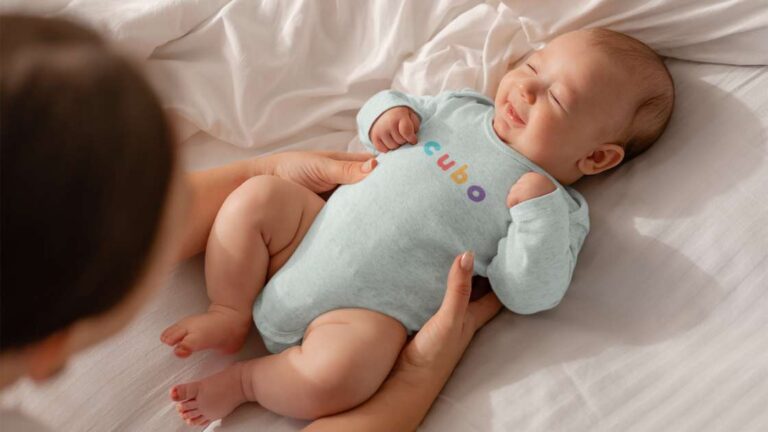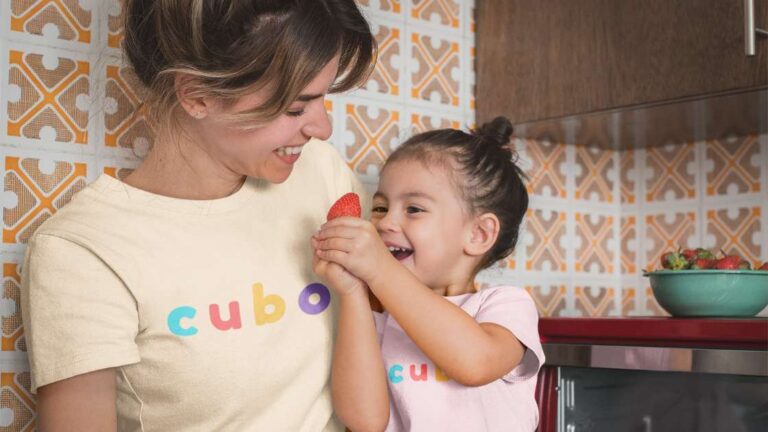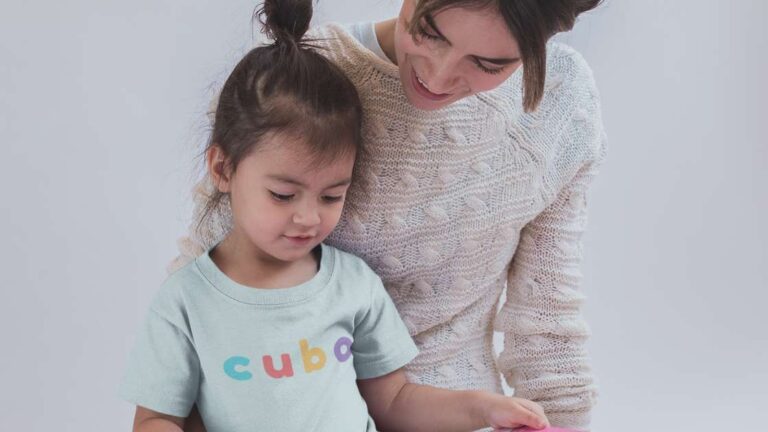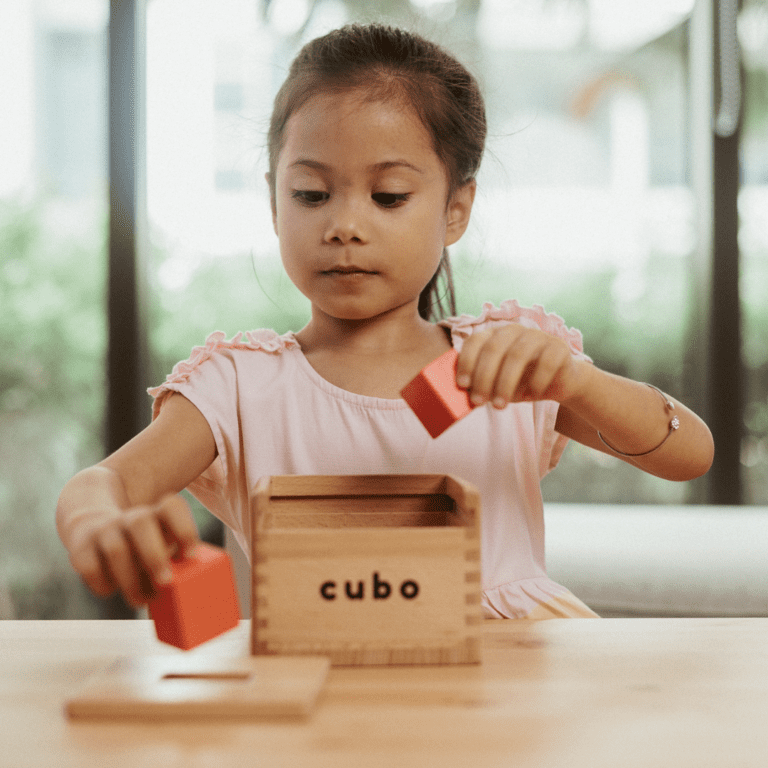So a fellow mum asked me how to deal with the aftermath of a messy play. To be honest, at that time, I didn’t have anything to offer because I know this is an unsolvable case. But later on, when my second arrived and the post-apocalyptic mess that my children grew as they did, I knew I need a prevention strategy at least. Let’s find out the ultimate free play resource in this blog:
Water, of course!
We have listed down some mud kitchen necessities so you can also encourage sustainability though play at home.
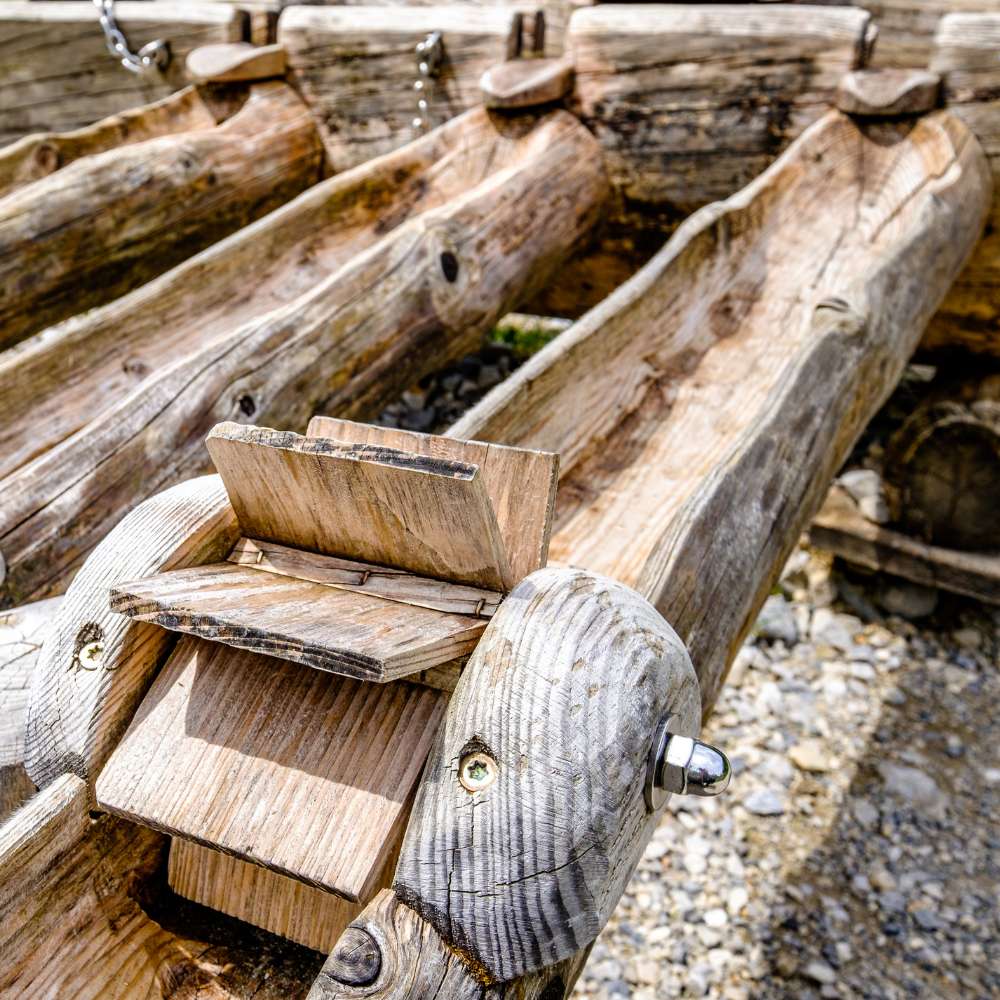
Then our new room leader at the early learning center that I work at did the most ingenious thing: she offered an outdoor experience of painting with water to the children. So this is how it works. She gathered a few children, gave them large brushes, offered a pail of water, and voila! The painting crew didn’t need instructions and started painting the fence intuitively. The water gave a darker stain to the fence so the children followed their artistic flow.
So what else can we do with water?

1 / Teaching Routines
Babies from birth thrive on routines. Their only sense of the passing of time is through the consistency of routines we teach them. When they wake up, they know that they’ll get picked up for breakfast or milk. They know when it’s time for snacks, lunch, and dinner. They know when the bedtime routine starts and what’s next, only if there is a rhythm that had been set. One of the ways we teach routine is through a doll’s sensory bath. It combines both the familiar routines and develops the nurturing side of children. It fosters a sense of independence that “I can do this” and a sense of accomplishment on starting a task and finishing it.

2 / Household Chores
If you are familiar with the Montessori approach, you’ll see children as early as 12 months helping out in the house with simple tasks. The first thing that my children learned is to throw the trash. It is a ceremonial tradition that when we open the door, our children will help carry each a bag of trash to throw in the chute. One of their favorite tasks is to clean up using water. It can be a wet cloth to wipe the table or a water spray to freshen the window.
Toddlers practice fine motor skills and understand positioning to direct the water spray’s projectile. Sometimes, my children will accidentally spray water on their faces and learn how to adjust for a better aim. Also for young children, you can start with a pram, bike, or scooter wash and when they grow older then they can help with the car wash. Another idea is to ask your child to water the plants using a watering can while being mindful of how much water goes into the soil.

3 / Bath Play
It’s lovely to have a bath or shower at the end of the day. Most children take advantage of this to do water play. It can start with a messy play of painting in the bath or putting jelly in the bath before cleaning up. It can also use pipes and scoops to watch the water go down the toy. Some like to add in floaters like rubber ducks or boats.
Other things we did in the bath is take our animal figurines, use bath crayons, spell our names using sponge letters, listen to relaxing music, and watch a bath bomb dissolve. I think small containers and scoops are a favorite for most age groups and as early as a year old. I think it’s good to talk about safety in terms of slipping and drowning so parents shouldn’t leave their children in the bath and must supervise at all times.

4 / Play with Puddles and Water Run
For some reason, children can smell a puddle from a mile away. So if it’s rainy season or just floody, make sure your child is wearing gumboots to protect those little feet. You can also set up a puddle in your home either by putting a tray of water or washing the garage floor. Children like jumping up and down to watch where the water goes – and of course, it goes everywhere! Afterwhich, children can go straight for a relaxing bath to remove the dirt away. Outdoors, you can also set up a water run play using bamboo wooden catchers. It’s like a marble run but using water.

5 / Taste Safe Sensory Play
You can bring the water painting indoors using colored paper. It will give a darker stain of the same color. You can also fill several bottles with varying degrees of water then use it as a musical instrument. You can place water on a tray to play the float or sink game using everyday items like toys, and utensils. You can use the same tray to push boats and other floaters. For these play setups, make sure you have waterproof aprons to help protect the children from spills, some cloth for cleaning, and a mop.
Keep in mind when playing with water
Let’s keep in mind the safety of our children during play as water can be a hazard – slipping, drowning, choking. First, make sure that you use water that is safe for drinkable. The water must be enough for play and easy to pack up. Children must play far from electrical points and items in the house. If you can, place non-slip mats where the children will be playing.
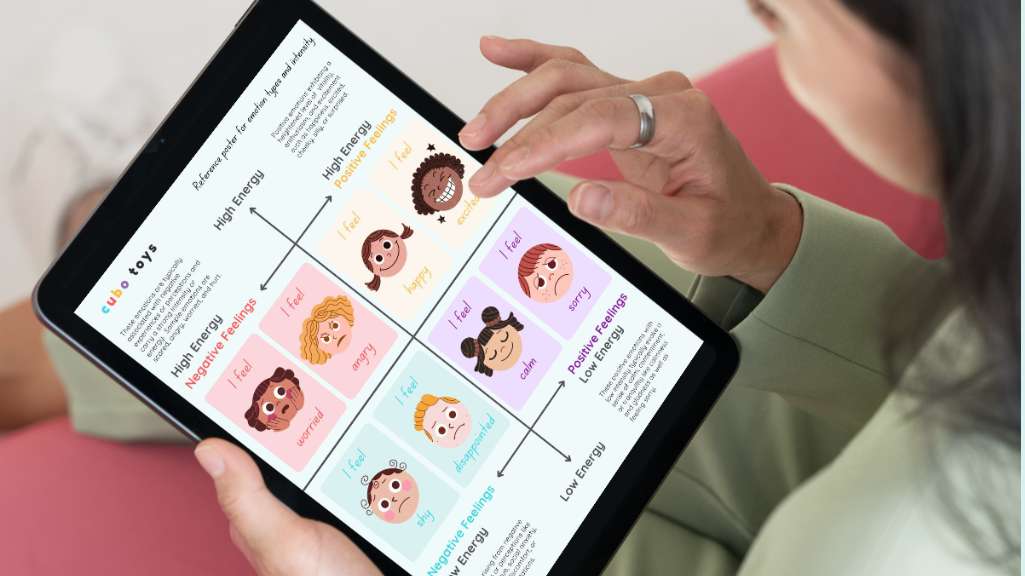
Get ready for smoother days~!
You can drive test our beautiful products by printing our social emotional learning lesson plans.


 Unwrap our holiday deals to gift to your pres
Unwrap our holiday deals to gift to your pres






